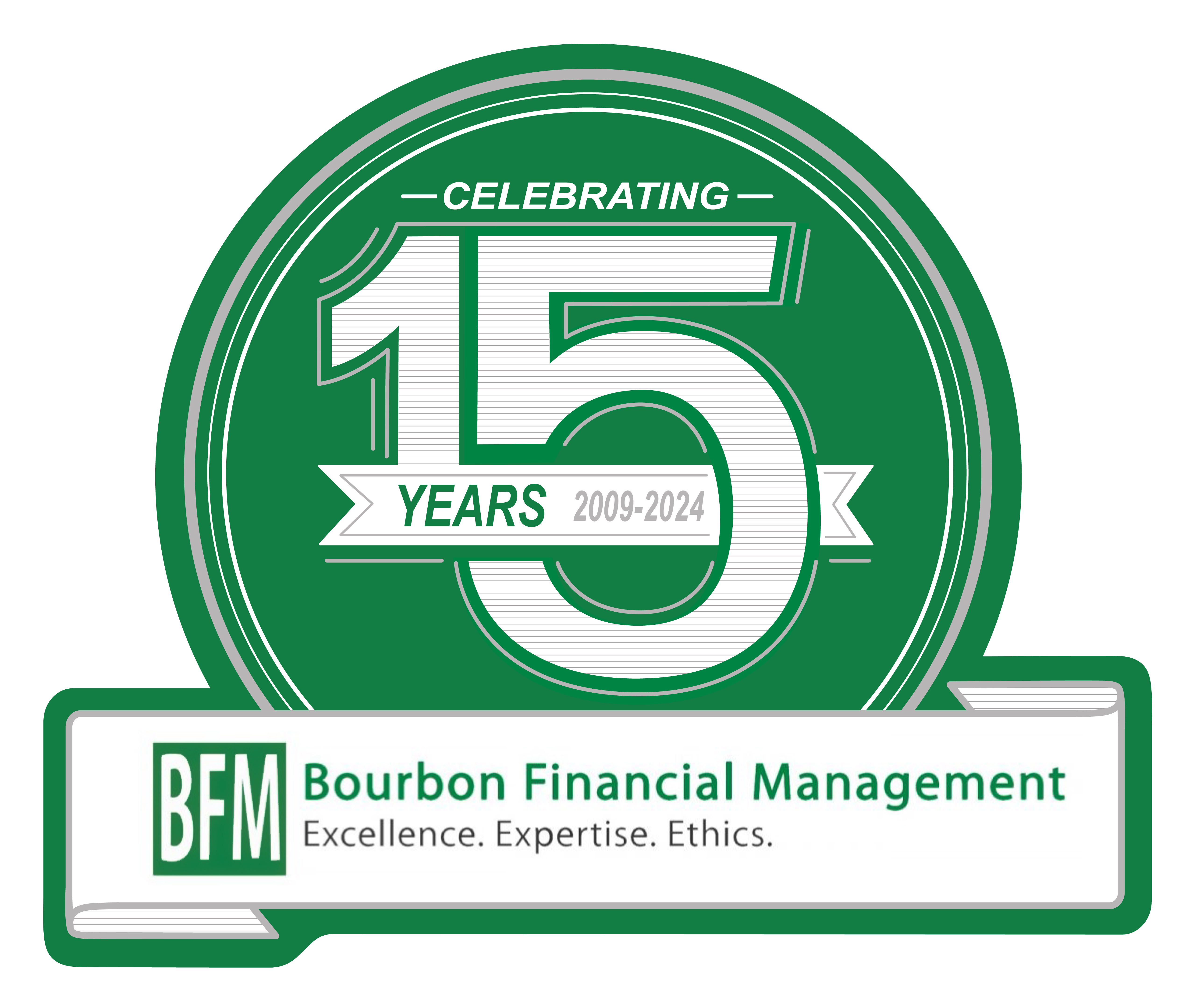Resources tips
Financial Tips
Investor Psychology
| Mar 2020 | Improve your decision making process |
| Jan 2015 | Best of BFM Part II |
| Jan 2014 | 6 fun videos |
| Jan 2014 | Your personal guide to peace of mind |
| Jan 2012 | Best of BFM Part I |
| Nov 2011 | Be aware of emotion |
| Sept 2011 | Put things in perspective |
| Aug 2011 | Human brain & decision making |
| July 2011 | Investor psychology |
| Jun 2011 | Cultural differences |
| May 2011 | Investment decision making |
| Jan 2011 | Understand behavioral finance |
| Nov 2010 | Be Positive |
| Nov 2010 | Investor's performance |
| Sept 2010 | We cannot analyze all the information |
| Sept 2010 | Videos on financial economics |
| Aug 2010 | Train your brain to win |
| Jun 2010 | Investors cannot think for themselves |

Did you know?
Strategy
- In 30 years, $100,000 would become $432,194 if invested at 5%, but $1,006,266 if invested at 8%. That is 132% more. Your investment choices make a big difference!
- While the S&P 500 Index earned an average annual return of 8.4% during 1988-2008 ($1 would have become $5), the average individual investor earned an annual return of just 1.9% ($1 would have become $1.50).
- $10,000 invested in the S&P 500 Index in February 1989 would have become $29,382 in February 2009. If an investor had missed the best 30 days of daily return, it would have become $6,531 (77% less). If an investor had missed the best 10 days, it would have become $15,123 (48% less).
Past Market Performance
- From 1926 to 2008, large company stocks had a 9.6% annual return vs. 5.7% for government long bonds and 3.7% for Treasury bills.
- Over any 10-year rolling period from 1969 to 2008, stocks had only a 1% probability of a negative absolute return (vs. 37% for gold or commodities).
- Housing price increases since 1890 have been close to 0% factoring in the effects of inflation. Housing prices adjusted for inflation were also flat between 1945 and 2000.
Economy
- With 3% inflation, $1M in 30 years is equivalent to $412,000 today.
- By 2017, social security costs may exceed revenues.
- From 1967 to 1984, the average inflation rate was close to 7% (vs. close to 3% average for the past 100 years).
Research Tools*
Calculators*
“If you fail to plan, you’re planning to fail.” - Benjamin Franklin
*Link Disclosure: The information being provided is strictly as a courtesy. When you link to any of the websites provided here, you are leaving this website. We make no representation as to the completeness or accuracy of information provided at these websites. Nor is the company liable for any direct or indirect technical or system issues or any consequences arising out of your access to or your use of third-party technologies, websites, information and programs made available through this website. When you access one of these websites, you are leaving our website and assume total responsibility and risk for your use of the websites you are linking to.














